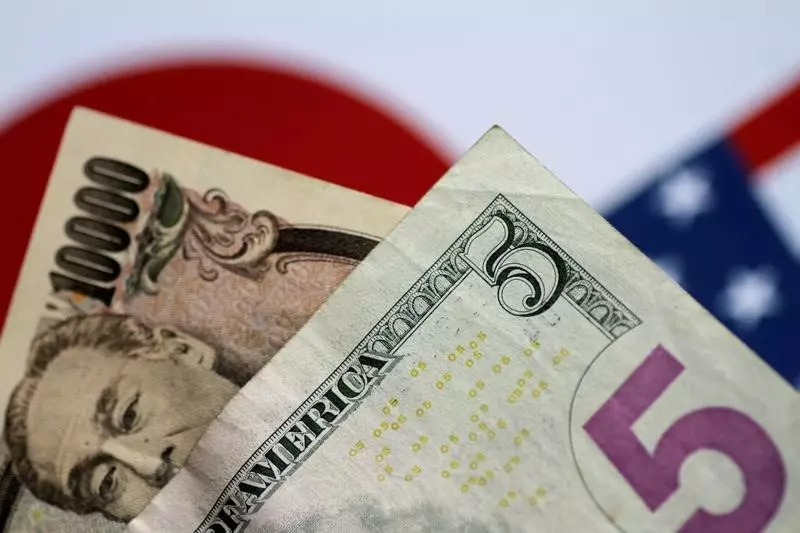Asian currencies experienced a slight uptick on Thursday as speculations of interest rate cuts by the Federal Reserve weighed on the dollar. This shift in currency values was primarily driven by the uncertainty surrounding the Fed’s decision-making process and its potential impact on global markets. Despite the positive movement in Asian currencies, traders remained cautious due to the conflicting signals arising from the Fed’s recent meeting minutes.
The fragility of the yen added another layer of complexity to the foreign exchange market, with traders wary of potential government intervention. The USDJPY pair exhibited fluctuations, indicating the market’s sensitivity to external factors such as government policies and economic conditions. The recent statements by Japanese officials regarding their commitment to safeguarding the yen further fueled speculation among traders, adding to the overall unpredictability in the market.
The release of key economic data, such as the ADP employment figures and non-manufacturing PMI readings, influenced traders’ perceptions of the U.S. economy and its potential impact on interest rates. The softer-than-expected data prompted speculation of a weakening economy, leading traders to bet on an earlier rate cut by the Fed. This sentiment was reflected in the downward trend of the dollar index and futures, signaling a shift in market dynamics in response to changing economic indicators.
Potential Intervention and Intervention Timing
With the possibility of government intervention looming, traders speculated on the timing and extent of such actions. The low trading volumes during the U.S. market holiday presented an opportune moment for potential intervention, mirroring previous instances where intervention occurred during similar market conditions. The anticipation of government actions added a degree of uncertainty to the market, underscoring the influence of external factors on currency fluctuations.
The broader global economic outlook, particularly concerning inflation and interest rate policies, played a significant role in shaping currency movements in the Asian market. The minutes of the Fed’s June meeting highlighted the divergence in opinions among policymakers regarding the necessity of rate cuts. While some officials advocated for lower rates to combat inflation, others expressed reservations about the timing and effectiveness of such measures. This internal debate within the Fed underscored the complexity of the economic landscape and its implications for currency values.
The interplay between Federal Reserve policies, economic data releases, and government interventions has created a dynamic environment for Asian currencies. The evolving market conditions underscore the need for vigilance and adaptability among traders, as external factors continue to shape currency movements. The impact of interest rate cuts on Asian currencies remains a key area of focus, reflecting the interconnected nature of global financial markets and the challenges posed by economic uncertainties.

